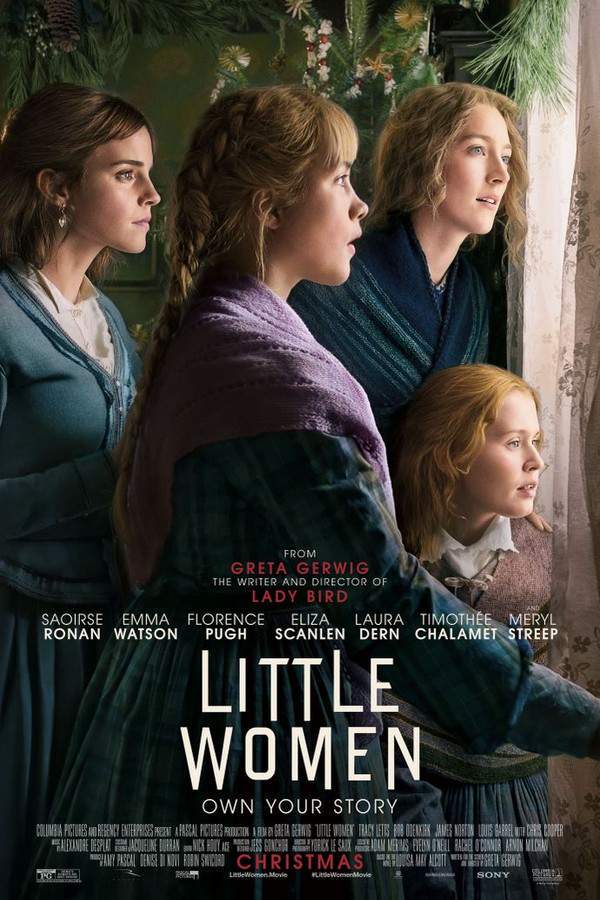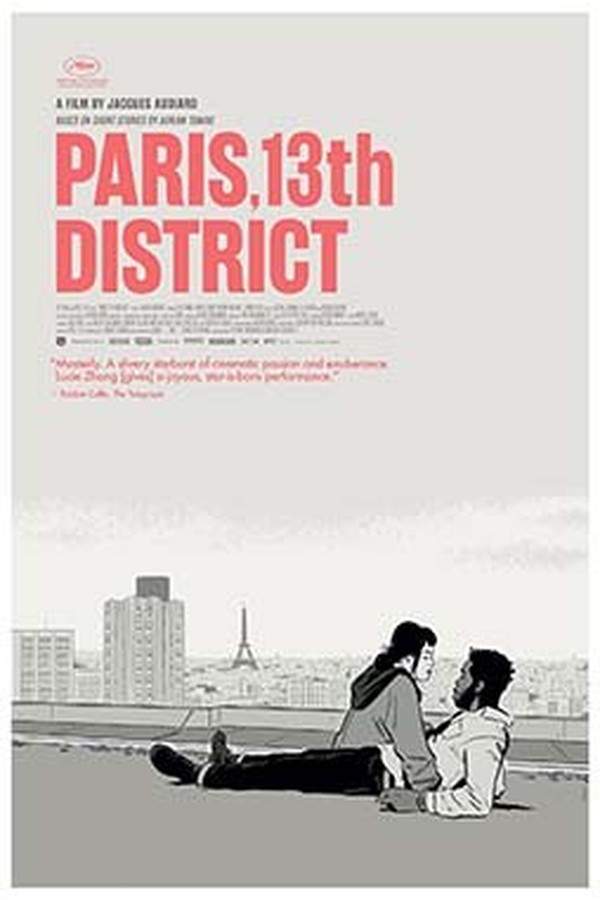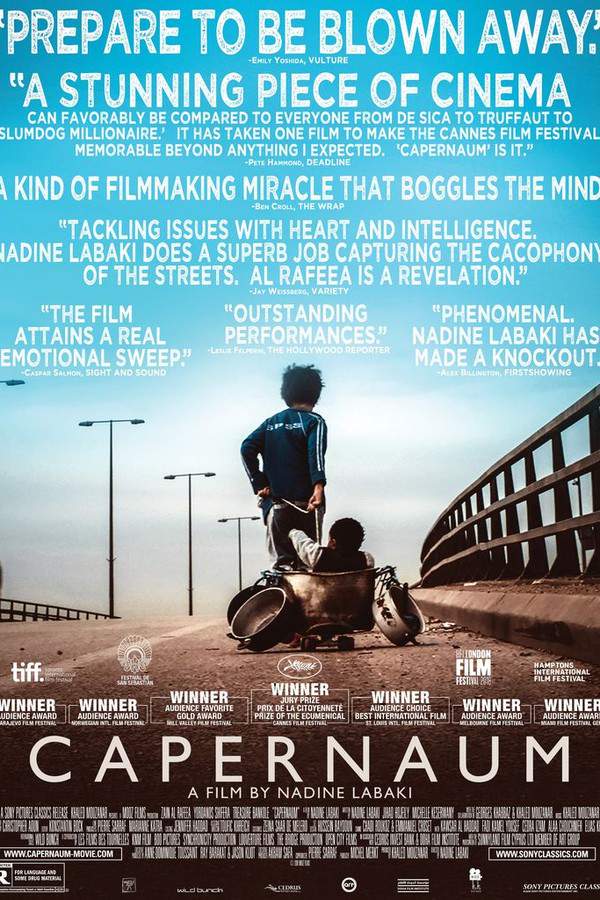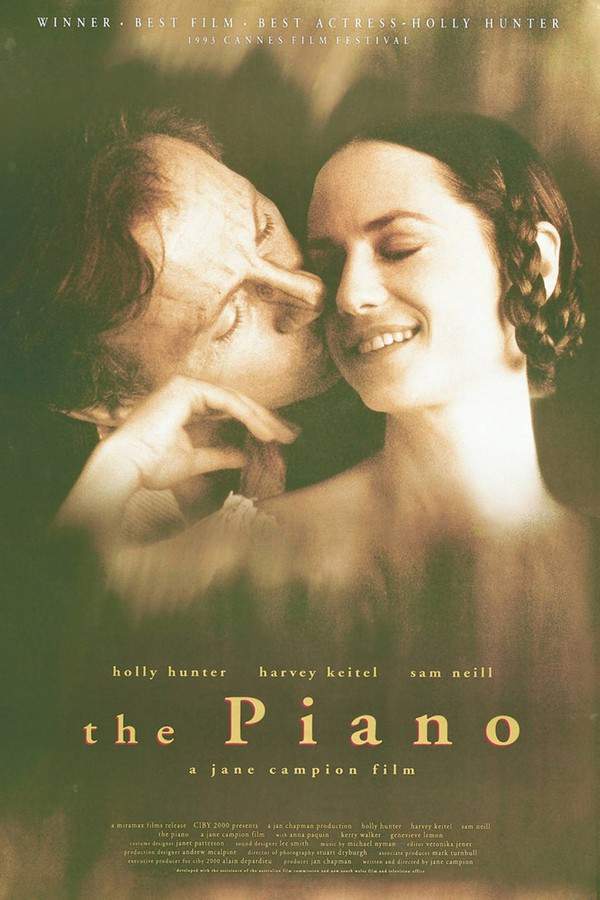What's After the Blog?
Directors • History
Women Behind the Lens: Pioneering Female Directors in Cinema
Discover the inspiring journey of pioneering female directors in cinema, their groundbreaking achievements, and the evolving landscape of women behind the lens.
February 8, 2024

Movies mentioned in this article
Women Behind the Lens: Pioneering Female Directors in Cinema
Introduction: Shattering the Glass Ceiling in Cinema
The realm of film directing has long been perceived as a male-dominated field, but throughout the history of cinema, pioneering women have been shattering the glass ceiling, bringing unique perspectives and profound narratives to the big screen. The contribution of female directors has been monumental, not only in terms of artistic expression but also in paving the way for gender equality within the industry. These trailblazing women have overcome significant barriers, often working against societal norms and industry biases to tell stories that might otherwise have remained untold. Their persistence and creativity have opened doors for future generations, gradually reshaping the film industry’s landscape to be more inclusive and diverse.
From the early days of silent movies to the modern digital era, female directors have been instrumental in evolving the art of cinema. They have challenged traditional storytelling methods, explored complex characters, and addressed pressing social issues through their films. Pioneering directors like Alice Guy-Blaché, who directed one of the first narrative films in history, The Cabbage Fairy, set the stage for women in filmmaking. Contemporary directors such as Greta Gerwig with her critically acclaimed Lady Bird and Little Women, Kathryn Bigelow with her intense war drama The Hurt Locker, and Ava DuVernay with her powerful documentary 13th and the visionary A Wrinkle in Time, continue to break new ground, proving that gender does not define one’s ability to create compelling cinema.
The Trailblazers: Early Female Directors
The early years of cinema witnessed several female directors who were pioneers in their own right, setting a foundation for the future of women in filmmaking. These trailblazers not only directed films but often wrote, produced, and acted in them, showing a level of versatility and determination that was rare for women in the early 20th century. Lois Weber, one of the most prominent figures of early American cinema, directed films like Suspense and The Blot, which were critically acclaimed for their innovative use of narrative and visual techniques. Her work dealt with social issues such as poverty, women’s suffrage, and morality, reflecting her commitment to using cinema as a tool for social commentary.
In France, Germaine Dulac, a leading figure of the French avant-garde and impressionist cinema, made significant contributions with films like The Seashell and the Clergyman and The Smiling Madame Beudet. These films were notable for their experimental style and exploration of psychological and feminist themes. Dulac’s work paved the way for future generations of female filmmakers to express their artistic vision without constraints.
Another notable figure is Dorothy Arzner, the first woman to join the Directors Guild of America, who directed influential films during the 1920s and 1930s, such as Dance, Girl, Dance and Christopher Strong. Arzner’s films often featured strong, independent female protagonists, challenging the traditional roles of women in both society and cinema.
These early female directors were not only filmmakers; they were visionary artists who broke through gender barriers and laid the groundwork for future generations of women in cinema. Their determination and success in a male-dominated industry continue to inspire and pave the way for more diverse and inclusive filmmaking.
Breaking Barriers: Female Directors in the 20th Century
The 20th century saw female directors not only continue the legacy of their early predecessors but also forge new paths in an evolving cinematic landscape. One of the most influential female directors of this era was Agnès Varda, often referred to as the mother of the French New Wave. Her films, such as Cléo from 5 to 7 and Vagabond, were renowned for their experimental style and exploration of complex characters, particularly women grappling with societal expectations and personal identity. Varda’s work posed the question, “Who were some of the most influential female directors in the 20th century?” Her influence extended beyond her own films, inspiring a generation of filmmakers to challenge traditional narrative structures and visual styles.
In the United States, directors like Ida Lupino stepped behind the camera to direct films that tackled taboo subjects. Lupino’s film The Hitch-Hiker is often cited as one of the first noir films directed by a woman. Her bold approach to storytelling and willingness to address controversial topics made her a pioneer in the industry. Similarly, Elaine May, with her sharp wit and unique voice, directed films like A New Leaf and The Heartbreak Kid, which were praised for their humor and insightful commentary on human relationships.
These directors, among others, not only made significant contributions to cinema through their artistic achievements but also by breaking down barriers for women in the film industry. They carved a space for female perspectives in cinema and demonstrated that women could successfully lead and innovate in a male-dominated field.
The Modern Era: A Diverse Range of Voices
The 21st century has seen an unprecedented rise in the diversity of voices among female directors, with women helming films across various genres and themes. Contemporary female filmmakers are not confined to any specific style or subject matter; instead, they bring a wide range of perspectives and experiences to their work. Directors like Sofia Coppola, with her nuanced portrayal of loneliness and isolation in Lost in Translation, and Patty Jenkins, who broke box office records with her superhero epic Wonder Woman, exemplify the breadth of storytelling that female directors are bringing to the screen.
The modern era has also witnessed a surge in recognition for female directors from different cultural backgrounds, adding richness and depth to the global cinematic narrative. Directors like Nadine Labaki with her powerful Lebanese drama Capernaum, and Ava DuVernay with her impactful American historical drama Selma, have brought international attention to stories and perspectives that might otherwise have been overlooked. This diversity not only enriches the film industry but also broadens the audience’s understanding of the world.
Moreover, the rise of digital platforms and independent filmmaking has provided more opportunities for female directors to showcase their talents. The barriers to entry in the film industry are slowly diminishing, allowing more women to tell their stories and gain recognition for their work. This era of cinema is marked by a growing acknowledgment of the need for diversity and inclusivity, both in front of and behind the camera, creating a more vibrant and representative film industry.
Overcoming Challenges: The Road to Recognition
Despite the strides made by female directors in cinema, the road to recognition has been fraught with challenges. One of the most pressing issues has been the significant underrepresentation of women in directorial roles, particularly in major studio productions. This disparity raises a critical question: “What are the obstacles still faced by women in film directing?” Women in the director’s chair often encounter barriers such as limited funding opportunities, gender bias in the industry, and the struggle to balance personal life with demanding career requirements. These challenges are compounded when considering the additional hurdles faced by women of color, who must navigate both gender and racial biases.
The difficulty in gaining recognition and opportunities is not due to a lack of talent or ambition but rather systemic issues within the industry. Women directors frequently find themselves pigeonholed into certain genres or deemed ‘risky’ choices for big-budget films. However, despite these obstacles, many female directors have persevered, creating groundbreaking work that challenges stereotypes and broadens the scope of storytelling in cinema. Directors like Jane Campion, with her hauntingly beautiful The Piano, and Lynne Ramsay, with her intense and visceral We Need to Talk About Kevin, have created films that not only succeed artistically but also push against the industry’s boundaries.
Celebrating Success: Award-Winning Female Directors
The achievements and awards received by female directors, though still not at parity with their male counterparts, are cause for celebration. These successes not only highlight the exceptional talent of these directors but also signify a gradual shift in the industry towards greater gender equality. Award-winning female directors serve as role models and sources of inspiration for aspiring filmmakers, proving that success is achievable despite the challenges.
Kathryn Bigelow’s historic Oscar win for Best Director for The Hurt Locker marked a significant milestone, as she became the first woman to receive this honor. Similarly, Chloé Zhao’s recent accolades for Nomadland, including an Academy Award for Best Director, underscore the growing recognition of women’s contributions to cinema. These accomplishments are not just personal triumphs but also victories for women in the film industry, paving the way for future generations of female filmmakers.
The impact of these successes extends beyond individual accolades. They help to break down stereotypes and change perceptions about the capabilities of women directors. As more female filmmakers receive recognition and acclaim, the industry moves closer to a reality where gender is no longer a barrier to success in film directing. This evolution is crucial for the development of a diverse, inclusive, and vibrant cinematic landscape.
The Future of Female Filmmaking
As we look towards the future, there is a growing sense of optimism about the role of female directors in cinema. The industry is slowly but steadily becoming more conscious of the need for diversity and representation, both in front of and behind the camera. This shift is not just a matter of fairness or equality; it’s about enriching the art of cinema with a wider range of perspectives and experiences. The future of female filmmaking holds immense potential, with more women taking on directorial roles in various genres, from indie films to blockbuster productions.
Initiatives and movements dedicated to supporting women in the film industry are playing a crucial role in this progress. Organizations like the Alliance of Women Directors and Women In Film offer resources, networking opportunities, and advocacy to support female filmmakers. Furthermore, the success of recent films directed by women has challenged the misconception that female-led projects are less commercially viable, opening doors for more ambitious and diverse projects helmed by women. We can anticipate a future where the gender of the director is no longer a noteworthy aspect but rather a norm within the rich tapestry of cinema.
Conclusion: The Continuing Journey of Female Directors
In concluding, the journey of female directors in cinema is one marked by persistence, creativity, and groundbreaking achievements. While significant challenges remain, the strides made by women behind the lens have paved the way for a more inclusive and dynamic film industry. As we celebrate the past and present achievements of these talented filmmakers, we also look forward to a future where diversity in storytelling and representation becomes the norm, enriching the world of cinema for all.
Platforms like ATM play an essential role in this journey, offering audiences the opportunity to explore and appreciate films directed by women. By highlighting these works, ATM not only supports female filmmakers but also helps to cultivate a diverse and informed audience. We invite you to join us in this ongoing exploration of female-directed cinema and to discover more about the impactful stories they bring to the screen at What’s After the Movie.
Continue reading

What's After the Movie?
Not sure whether to stay after the credits? Find out!
Explore Our Movie Platform
New Movie Releases (2025)
Famous Movie Actors
Top Film Production Studios
Movie Plot Summaries & Endings
Major Movie Awards & Winners
Best Concert Films & Music Documentaries
Movie Collections and Curated Lists
© 2025 What's After the Movie. All rights reserved.




























